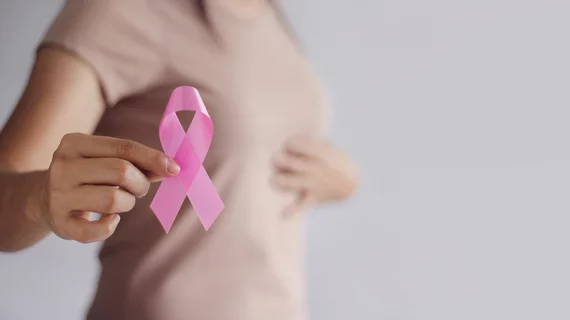Convening multiple radiologists to re-read mammograms improves cancer care, according to a new international study, and some experts are calling on physicians in the United States to consider adopting the practice.
A five-year review of the Irish National Breast Cancer Screening Program found that when imaging experts discussed discordant findings at consensus meetings of up to five clinicians, fewer cancers were missed and recall rates dropped. The success of these typically informal meetings should have physicians in the U.S. questioning the single-reader “paradigm,” two experts wrote in a related Radiology editorial.
“While many would argue that double-reading remains too costly in the United States, the clear benefits observed from consensus meetings should give pause,” wrote Solveig Hofvind, PhD, with Oslo Metropolitan University in Norway and Christoph I. Lee, MD, a radiology professor at the University of Washington, Seattle.
“In the United States, where there is still a single-reader paradigm, more sets of eyes would likely benefit patients and would prevent harms from false-positive screenings,” they added.
The pair also suggested that the current approach, which relies on “ineffective” computer-aided detection software, residents, fellows and, at times, “sideline consultations,” should further push the specialty to look at other options, including artificial intelligence.
For the study, researchers retrospectively reviewed all screening mammograms from one unit of the biennial Irish breast cancer program after it switched from screen film to full-field digital mammography. Radiologists discussed more than 2,500 women with discordant findings during their biweekly meetings, according to the study published Feb. 11 in Radiology.
These meetings resulted in fewer necessary recalls, with 60% of cases requiring no further assessment. Additionally, radiologists missed a smaller number of interval cancers after consensus, with only eight happening over the 5-year period, and no notable difference in sensitivity.
The editorialists did acknowledge that many health systems in Europe and the U.S. are transitioning toward digital breast tomosynthesis. This may change the value of consensus meetings, but most will likely end up discussing small areas of distortion that represent “incidental radial scar” or “indolent tubular cancers,” the authors wrote.
And many in the field believe artificial intelligence can take the place of a second reader in many screening situations. They noted that this could potentially replace consensus interpretation and would certainly save radiologists “considerable” time.
An AI-first future may be far down the line, however, and algorithms may even be better used to help experts, freeing up their time to focus on more complex problems.
Whether humans or machines are making the second read, Hofvind and Lee maintain that “the more sets of eyes interpreting a mammogram, the better.”
“We need to think of new and innovative ways to get multiple sets of eyes looking at screening mammograms,” the pair wrote. “In the future, these extra sets of eyes may not necessarily need to be human.

